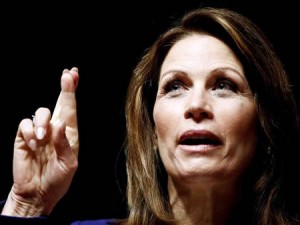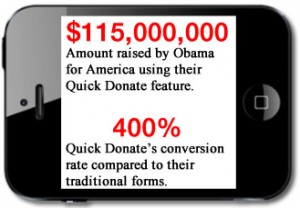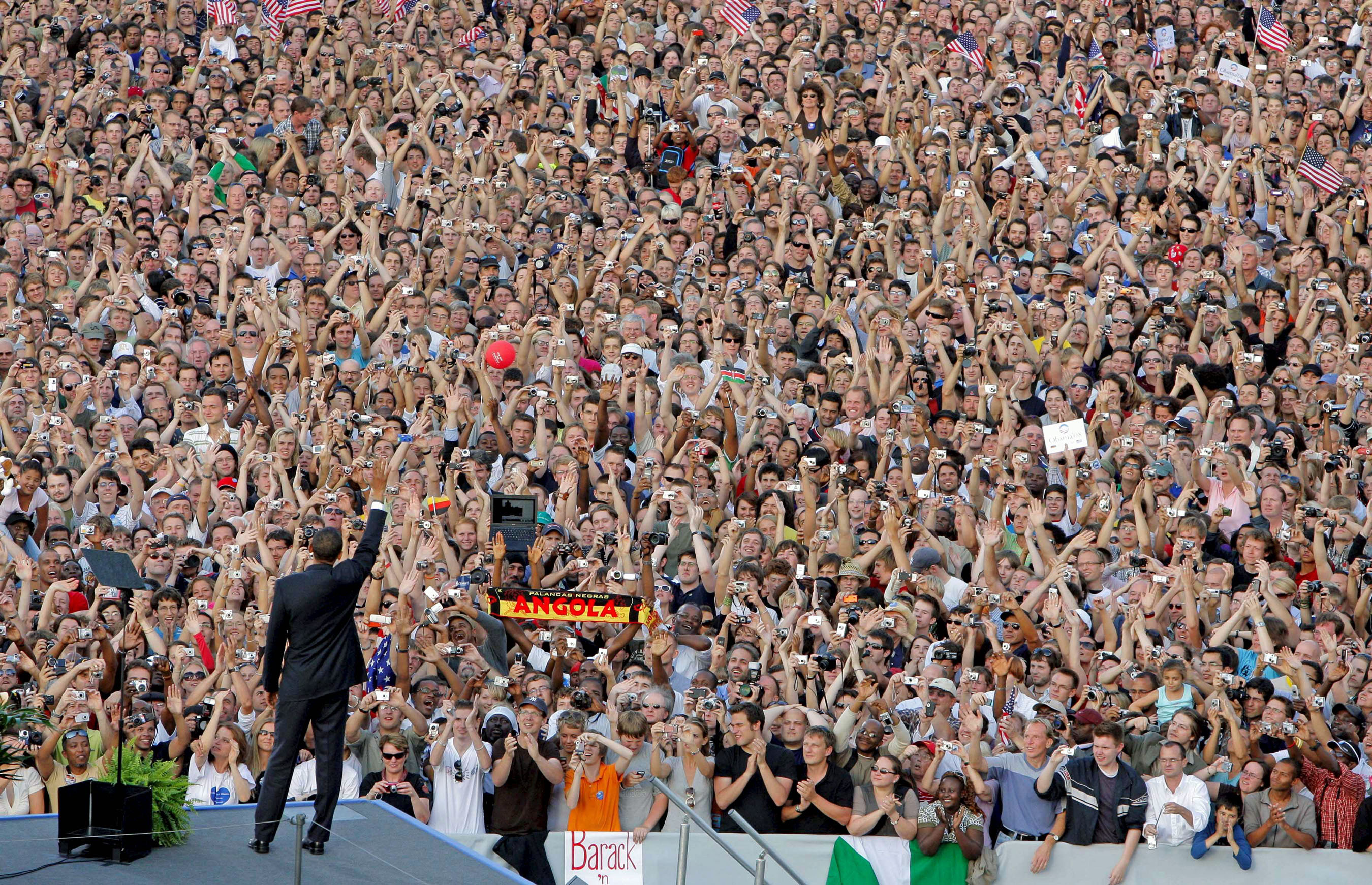
Both sides of the media aisle lit up on Wednesday after Congresswoman Michele Bachmann announced that she wouldn’t seek re-election. As a Minnesotan who’s closely watched her rise to office—often firsthand, I’m honestly glad to see her leave public office, and curious to see where she’ll land.
As a political consultant, I’m with the comedians and editorial cartoonists–I’ll be sorry to see her go.
Since her announcement, most of the accolades, criticisms and comedic pans at Michele Bachmann the public official or the candidate overlook some of her greatest strengths: she was an innovative campaigner and fundraiser.
Unlike many candidates, Bachmann never allowed her political consultants to suffer from path dependence—a psychological habit that puts faith in prior experience and past successes even when conditions have obviously changed. Like an entrepreneur, she sought out the opportunities and tools that often weren’t even applied in business, let alone the political world.
Her insatiable hunger for power required her to push technology when other campaigns were still struggling with the telegraph.
That drive helped her directly raise over $35.4 million over her political career—largely from small donors. It also helped her attack opponents well beyond their radar and competency to fight back…at a fraction of the cost of traditional media.
In 2006, the largely unknown Bachmann first used interactive tools—heavy banner advertising combined aggressive email efforts focused list building via third-party acquisition. She bested her better-known opponent by over 8 points.
After narrowing winning re-election by 3 points in 2008, Bachmann joined Twitter and Facebook. She eventually built a following of over 240,000 and 500,000 respectively. And years before many of her colleagues and detractors would post photos of them kissing babies, she incorporated video to cut funding for ACORN, surveyed supporters for talking points and actively converted Facebook “likes” into millions of donations.
During the 2010 mid-terms, her campaign first experimented with mobile. They used geo-targeted mobile ads during the Minnesota State Fair that painted her opponent as someone who “raise taxes on your corn dog and your deep-fried bacon and your beer.” She won by a generous 12.7 point spread.
And in the 2012 GOP Presidential Primaries, Bachmann pulled out all of the stops. They leveraged mobile web sites, SMS, Facebook mobile ads, social media and tightly geo-targeting mobile campaigns throughout Iowa and New Hampshire. The efforts earned her a win at the Iowa Straw Polls, and tactic adoption by the Romney campaign.
Eventually, Bachmann’s innovative efforts exceeded her capacity as a candidate—which might be a first in political campaigns. (Hadn’t that have happened, the political strategist in me would’ve savored the magic a Bachmann presidential would have created with access to $100s of millions.)
Instead of downplaying Bachmann the public official, political operatives would do better to learn from her as a campaigner. Her fellow tea partier Senator Ted Cruz did, but he’s an exception even on both sides of the aisle.
Like every mid-term, 2014 will be tougher campaign year for the party in power. Candidates should leverage innovative tactics that she’s proven effective.
-Curt Prins
Please Note: This is the second of a three-part series analyzing the full spectrum of mobile tools used by both presidential campaigns.
In Part 2, we will review how both campaigns leveraged mobile advertising and fundraising.
Mobile Advertising:
Spending on mobile phone advertising is exploding. Industry spent more than $1.8 billion on mobile ads in 2011. A year later that number grew to $5 billion worldwide.
Like their desktop brethren, mobile advertising provides exceptional targeting capabilities. In 2012, Google’s AdWords platform allowed campaigns to even target by congressional district. Most platforms offered geo-fencing – which limits ads to a set radius, and geo-targeting by zip codes. Both campaigns took notice.
Obama used mobile video ads in Spanish to target Latino voters. His campaign placed ads on mobile games such as Scrabble, Tetris and many others. And smart use of mobile advertising helped the campaign reverse their funk after the first debate. We also found that fundraising tied to mobile advertising campaigns generate 60% more donations than their desktop equivalents.
Romney’s mobile advertising habits began at the Iowa Caucus and New Hampshire primaries. His campaign spent more on mobile ads appeared on Facebook, Apple’s iAD platform and Google’s AdMob. And they effectively leveraged it to boost app downloads and recruit volunteers using click-to-call to connect them with the nearest campaign office. Their biggest mistake though was that they did not increase their mobile budgets to maintain their lead coming out of the first debate.
Mobile Fundraising:
Money drives campaigns, and 2012 proved to be the most expensive presidential campaign ever: both campaigns raise a combined total of $2 billion. Mobile had a significant impact both campaigns fundraising efforts.
Obama raises over billion dollars ($726M directly) of which 55% came from small donors – those who gave less than $200 during the election cycle. One in ten of their online donations came from mobile. The campaign experimented with using Square for smartphone credit card processing and Text2Give for impulse donations with little success.

Their Quick Donate feature proved to be one of their most effective tools. Past donors who saved their credit card information and provided a mobile phone number received simple donation requests via SMS. The donor would simply have to reply the number, such as 50, and in the system would process a $50 donation from them. This tool was timed to key events to maximize the effect.
The Romney campaign was less successful in this realm. While they released over 5,000 Square readers at the national convention, the program results whenever released – a sure sign of a campaign disappointment. While the campaign raised $992 million ($467 million directly), less than 24% came from small donors. When users clicked donate on the Romney mobile app, they were routed to mobile site instead of processing the donation within the app.
Takeaways:
Since mobile advertising is often directly tied to fundraising, both campaigns provided us with a few lessons:
- Do your best to remove all barriers: Obama was Quick Donate feature did not require filling out a lengthy form on a smartphone to donate, and drove impulse donations.
- Technology without strategy typically fails: Both campaigns used Square and Text2Give without a full understanding of how best they could be applied, and their efforts proved disappointing.
- Mobile is scalable: After the first debates, Obama ramped up his mobile efforts when they proved effective and he needed it most while Romney maintained spending levels regardless of whether he was ahead or behind.
In Part 3, we will review how both campaigns used mobile apps and messaging.


